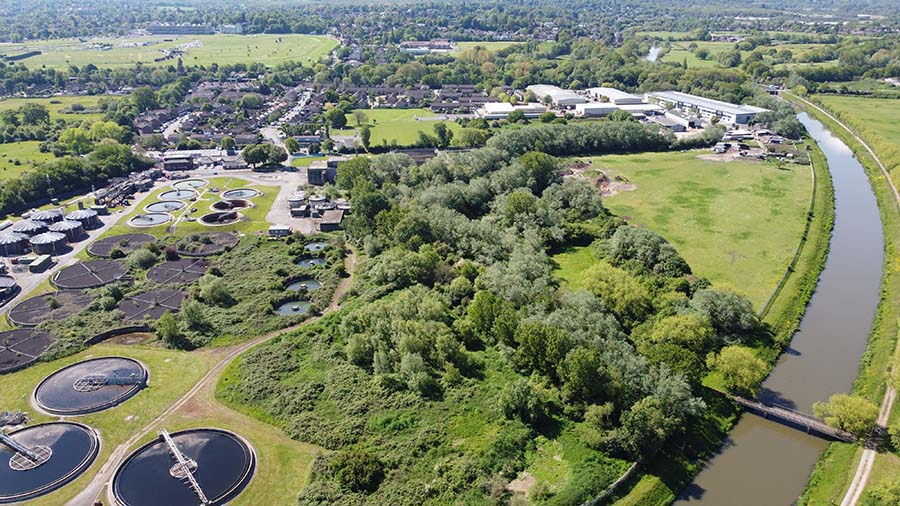Storm discharge and event duration monitoring (EDM)
Storm discharge and storm overflows
Our sewers carry foul water from our properties to sewage treatment works, where it's treated and returned to watercourses. When it rains, some of the rainwater gets mixed in with the foul water. At times of heavy or continued rainfall, the sewer system can't always cope with the extra volume.
Storm overflows are used to prevent sewers flooding our homes, gardens and streets. They act as a safety valve, diverting some of the rainwater and foul water into watercourses. We call this mixture 'storm discharge'. Although it does contain some untreated sewage, storm discharge is heavily diluted because it's mostly rainwater.
Storm overflows are regulated by the Environment Agency. Storm discharges are legally allowed, under the conditions of the Environment Agency permit. Storm overflows should only be used when necessary. We don't actively switch them on, they operate automatically when the flow levels increase.

Event duration monitoring (EDM)
In 2017, the Environment Agency asked all water companies to start monitoring storm overflow activity. Knowing how frequently they discharge gives us insight into the performance of our network and sewage treatment works.
Since then, we've been using event duration monitoring (EDM) to continuously monitor our storm overflows.
EDM helps:
- The Environment Agency monitor the performance of water companies
- Us understand how our sewers and treatment works are performing and where improvements are needed
- You have more visibility of sewage discharges into rivers and watercourses
How EDM works
EDMs use sensors to monitor the level of storm sewage in a tank or sewer. They're installed on storm overflows. The sensor triggers an alert when a certain level is reached, indicating a storm discharge is happening.
EDM monitors measure the start and end time of discharges. They don't measure the volume of the flow itself.
Accuracy
Although EDMs give us valuable insight to how our storm overflows are working, the data isn't always accurate. The monitors are sensitive and can play up. Even the movement of a weed growing in front of the monitor could set it off, indicating that the overflow is active when it isn't.
So when a monitor triggers, we can’t say that a certain section of the watercourse definitely contains sewage, or promise that it’s safe to swim in. EDM doesn't confirm discharges, it only indicates them because the data received might not be accurate. We're being open and sharing that data as quickly as possible, so you can make more informed decisions.
Storm discharge map
Our storm discharge map shows near real-time storm discharge activity. You can use the map to see if our EDM monitors indicate:
- That overflows are currently discharging into a watercourse
- The date, time and duration of the last recorded discharge
Frequently asked questions
Find out more about storm overflows and EDM on our frequently asked questions page.